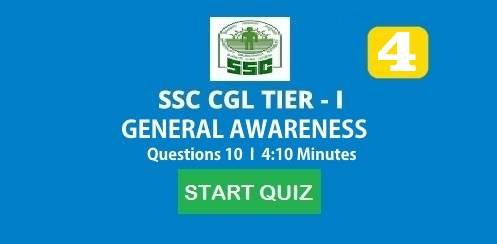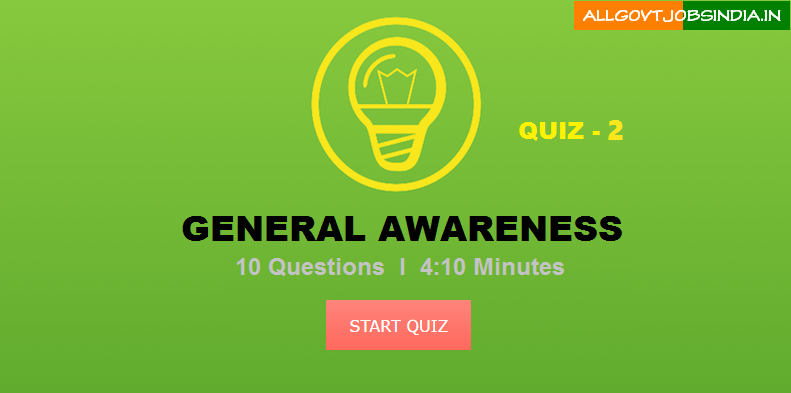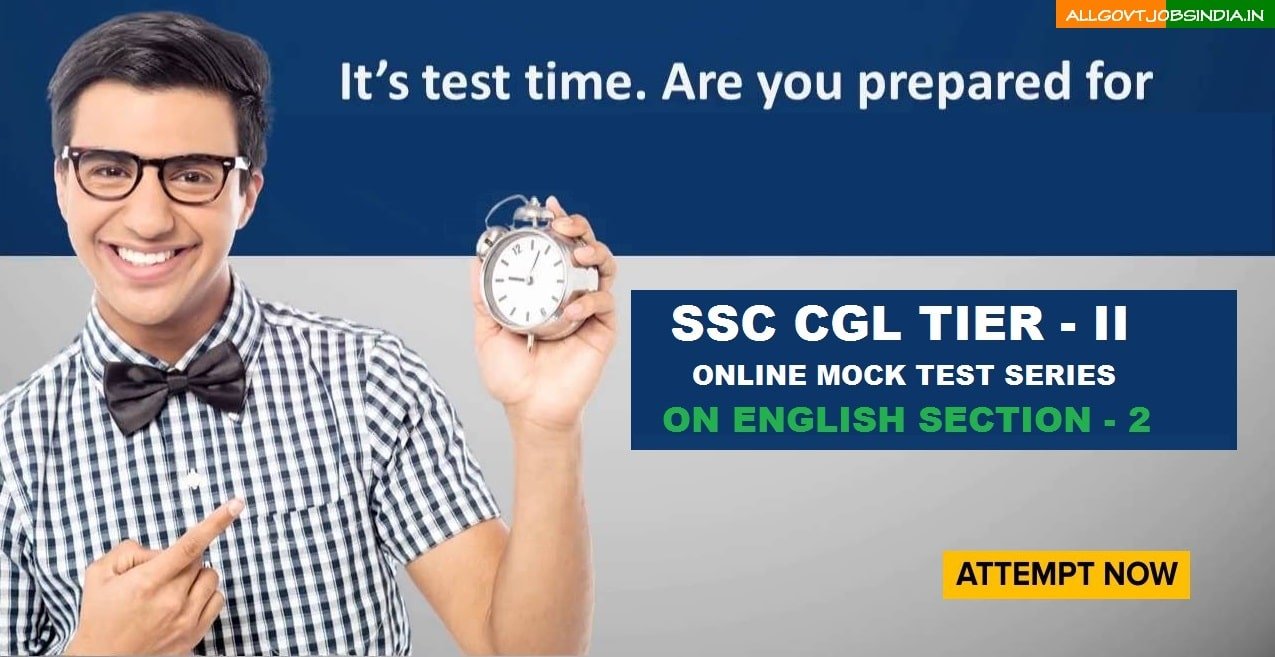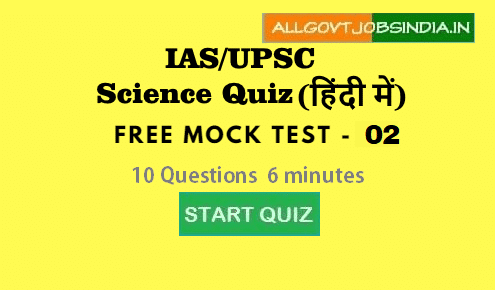Total Questions: 10
Subject: General Awareness
Time Allotted: 4:10 minutes
Total Marks: 10
Important for: IBPS-PO, SBI Clerk, SSC GCL Exam etc.
Q1.The first black American to win the Nobel Prize for literature is
1) Nelson Mandela
2) Martin Luther king
3) Aurth Ashe
4) Toni Morrison
Ans – (4) Toni Morrison won the Nobel Prize for literature in 1993, becoming the first black woman and Black American to win a Nobel Prize in Literature. Wole Soyinka (1986 ) was the first black person to win the Nobel Prize for Literature, but he is a Nigerian.
Q2. Who was the founder of the Indian National Army ?
1) Nehru
2) Subhash Chandra Bose
3) Bal Gangadhar Tilak
4) Gandhi ji
Ans : (2) Subhash Chandra Bose
The Indian National Army was first formed in 1942 under Mohan Singh, by Indian prisoners of war of the British – Indian Army captured by Japan in the Malayan campaign and at Singapore. However, it soon fell into decline. It was revived under the leadership of Subhash Chandra Bose after his arrival in Southeast Asia in 1943.
Q3.The Anti – Defection Law was passed by the Indian Parliament in the year
1) 1986
2) 1988
3) 1984
4) 1985
Ans : (4) 1985
Anti -Defection Law was introduced by the constitution ( Fifty – second Amendment ) Act, 1985.
Q4. Which one among the following state is smallest in area ?
1) Tamil Nadu
2) Andhra Pradesh
3) Gujarat
4) Karnataka
Ans : (1) Tamil Nadu
The area of given state in ascending order is as follows : –
Tamil Nadu : 130,058 km2 ;
Andhra Pradesh : 160,205 km2
Karnataka : 191,791 Km2 ;
Gujarat : 196,021 km2
Q5. Which one of the following comments the different parts of a computer which is usually made up of wires ?
1) URLs
2) Modern
3) Buses
4) CPUs
Ans: Ans : (3) Bus
In computer architecture, a bus is a communication system that transfers data between components inside a computer, or between computers. The internal bus, also known as internal data bus, memory bus, system bus or Front – Side – Bus, connects all the internal components of a computer, such as CPU and memory, to the motherboard. Internal data buses are also referred to as a local bus, because they are intended to connect to local devices.
Q6. Which of the following fuels causes minimum environmental pollution ?
1) Kerosene
2) Diesel
3) Coal
4) Hydrogen
Ans : (4) Hydrogen
Most of environment (air) pollution results from the burning of fossils, such as coal, oil natural gas, and gasoline to produce electricity and power. All these product harmful CO2 or its variants. On the contrary, when hydrogen burns in air, it produces nothing but water vapor. It is there the doesn’t produce CO2.
Q7. The most powerful Peshwa was
1) Balaji Baji Rao
2) Baji Rao
3) Madhava Rao
4) Balaji Vishwanath
Ans : (2) Baji Rao
Baji Rao I is a acknowledged as the most influential of the nine Peshwas. He conquered Central India ( Malwa ) and Rajputana and extended his dominions into Gujarat in the northwest and Deccan in the south. He raided Mughal Delhi in 1738.
Q8. Which of the following lake is called ‘ Honeymoon Lack’ ?
1) Nyasa
2) Chad
3) Titicaca
4) Toba
Ans : (3) Titicaca
Lake Titicaca is globally famous as a favorite sport of honeymoons. It is a lake in the Andes on the border of Peru and Bolivia. By volume of water, it is the largest lake in South America. It is situated at a very high altitude, at over 3800 meters above sea level.
Q9. Biggest Island in the world is :
1) Nicobar
2) Japan
3) Greenland
4) Lakshadweep
Ans : (3) Greenland
Greenland is the world’s largest covering 2,175,597 square kilometers. New Guinea, Borneo. Madagascar come next, Australia is not included in this list because its is defined as a continent rather than an island.
Q10. Sir C.V Raman was awarded Noble Prize for his work on :
1) Light Scattering
2) Radio activity
3) Cryogenics
4) Sonometer
Ans : (1) Light Scattering
Sir C.V . Raman was an India physicist whose ground breaking work in the field of light scattering earned him the 19030 Nobel prize for Physics. He discovered that, when light traverses a transparent material, some of the deflected light change in wave length. This phenomenon is now called Raman scattering.










